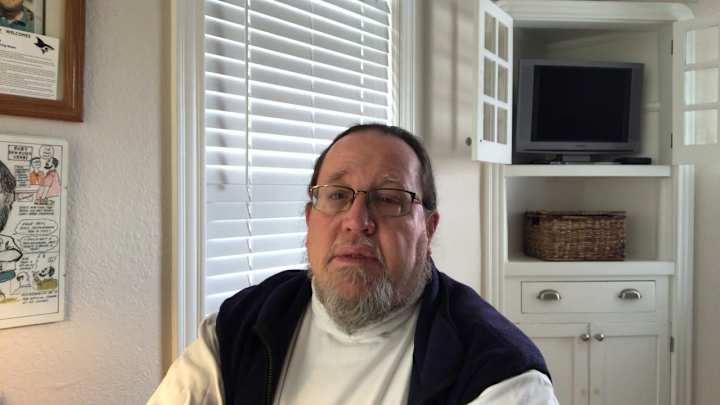When Will A's Mesa Complex Stop Being a Ghost Town?

If you find yourself in sudden need of a place to self-isolate in this pandemic spring, you could do worse than being at the A’s spring training headquarters in Mesa, Ariz.
The place is a ghost town. So says Steve Vucinich, the club’s longtime equipment manager, who lives in Arizona in the off-season and who has an office at HoHoKam Stadium. He’s there when needed, which right now is not much.
While there have been reports that some clubs have kept a skeleton crew around to let players work out in relative isolation and not have to work out at public gyms, Vucinich said that A’s players have not been working out at HoHoKam or down the road at the Lew Wolff Training Complex used by minor leaguers and players doing injury rehab work.
“We’ve got maybe 10 guys who live down here fulltime, but nobody’s working out here,” Vucinich told SI.com. “There’s nothing happening here.”
He was talking from home; he planned to go into the office Tuesday to get a little paperwork done, but with baseball shut down for the foreseeable future, there doesn’t seem to be much urgency.
It’s Vucinich and his team who keep things running in terms of equipment, food, maintenance and the like, and right now there is nothing for them to do. He says the full-timers who work for him continue to get paid, and that there are plans that the part-time hourly workers will be part of the $1 million the A’s, like all Major League Baseball clubs, have put forward to help seasonal employees.
Baseball shut down on Friday, March 13. Vucinich and Co. spent a couple of days cleaning up the complex, and then got the arrival on Monday, March 16 of all the team’s uniforms for the season. It took some time to unpack, sort, inventory and check the spelling and numerology. Since then, there hasn’t been any big stuff to be done.
“We had to be ready in case they said, `We’re going to go tomorrow,’” Vucinich said. “We would have been ready if they were.”
He said that beyond the 10 or so players who live in the Phoenix area in the off-season, many other A’s players on the big-league roster were still around simply because the rentals they signed for spring training were in their name until the end of the month.
Now what? On Sunday, Toronto Blue Jays’ president Mark Shapiro said in a conference call that MLB hopes to have an agreement with the players on life post coronavirus and that any season, at least in Shapiro’s view, would need a four-week second spring training.
With the baseball season on lockout after the 1994 season, all of spring training was wiped out until was struck April 2. At that point, the decision was for about three weeks. After players and teams reassembled in the first week of April, Opening Day for the A’s that year was on April 26.
“And these were guys who hadn’t had any spring training at all,” Vucinich said.
If baseball is given the go-ahead to ramp up in late May, that would mean the regular season wouldn’t get going until the middle of June or later.
Whenever that will be, Vucinich said he and his crew will be ready to go.
